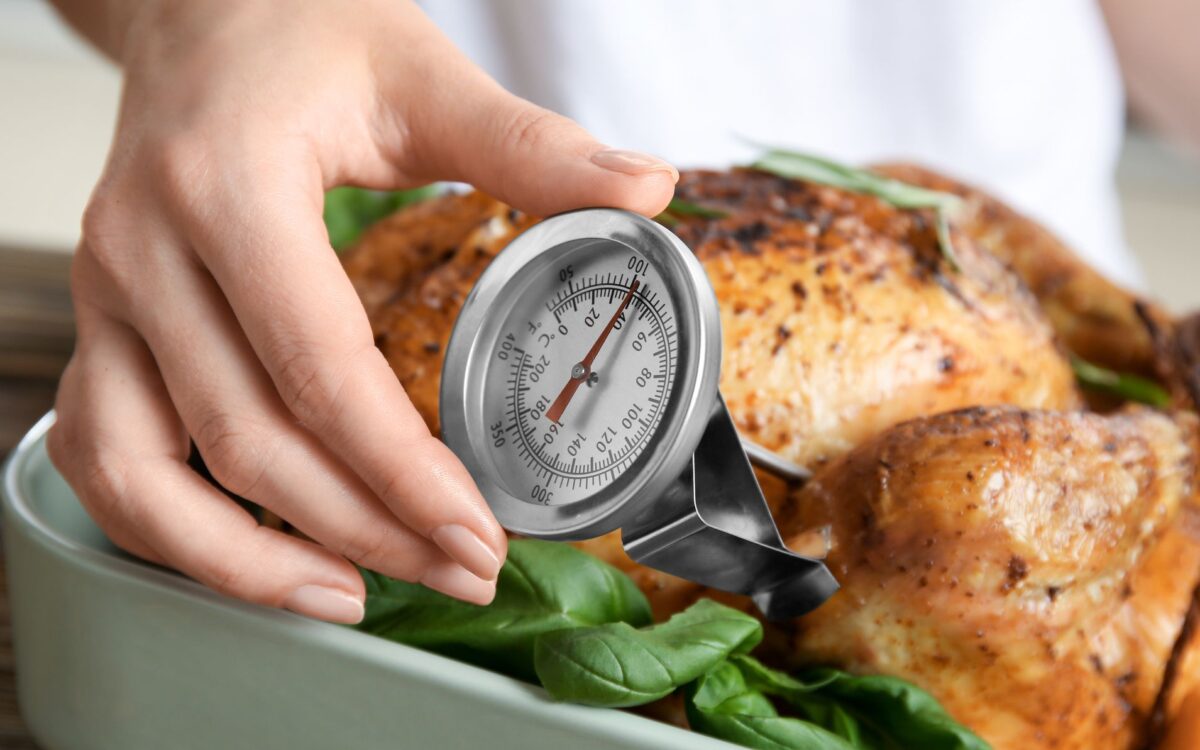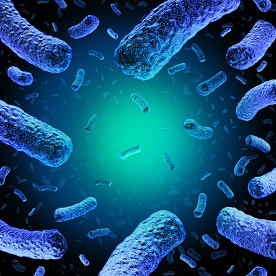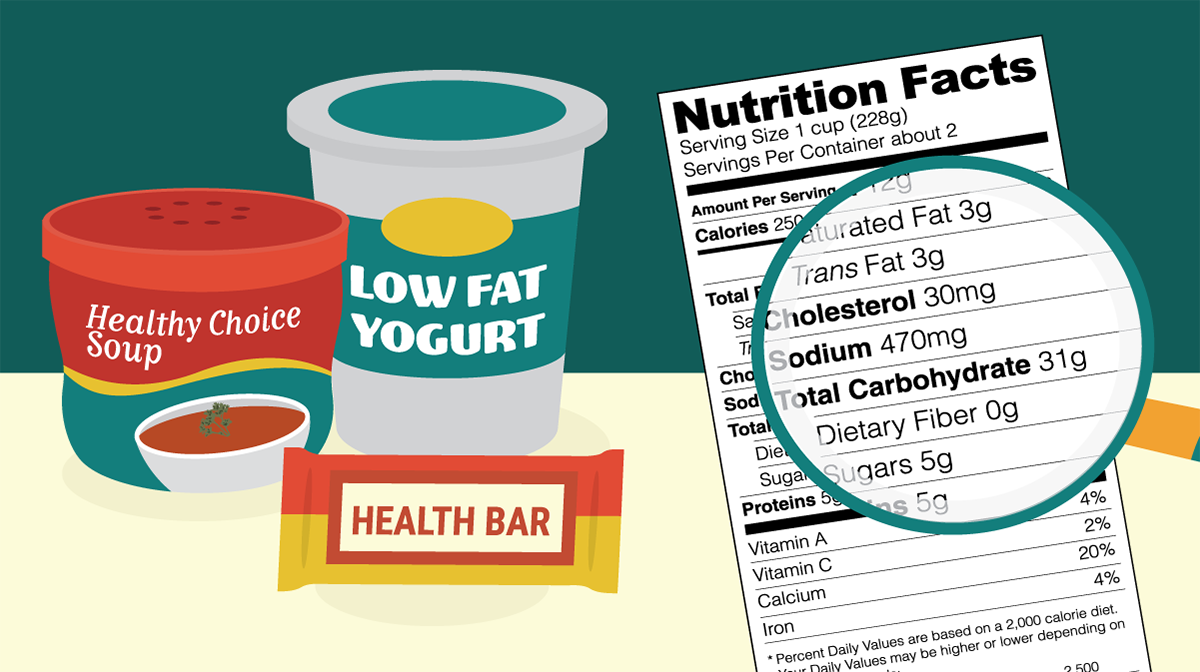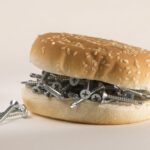Currently Empty: ₹0.00
Are your foods at safe zone? Temperature requirements for food to be safe?
Is that Mughlai chicken curry, you just prepared, safe for consumption?
From a food safety point of view, there are various factors identified as to rule the quality of a food product. Fat, acidity, time, temperature, oxygen and moisture are those ruling elements which influence product quality. A control on these components can help maintain your product at its premium.
For a food to be safe for consumption, all the ingredients must be safe all through the food chain, that’s right from farm to fork! At a food production unit, the process flow starts at raw material receipt. Raw material then, goes in for cleaning process followed by, storage. At production, all the magic materials come together to form into a delicacy. Then, the finished product goes to service point, where, it meets the consumer.
The raw materials were good, the masala powders used were really magical, & so is the product, the finest of finest. Are you really sure about it? Is the process happening in the way it should be? Are adequate controls in place so that your product is ‘finest of finest’? Let it not be a presumption, but, be sure of the safety of product that you just served. Have an eye on all the factors that impact the product quality!
Temperature, being one of the critical factors, will be talked about here. Here are a few recommendations, as per the FSSAI, regarding the critical factor ‘temperature’ that would help a food to remain safe until consumption. As said above, process flow begins at raw material reception. Receiving temperature of potentially high risk food should be at or below 5℃ and that of frozen food should be at -18℃. Check temperature of incoming material before receiving so that material which conforms shall go into the chain.
Moving on to the next stage, storage. All food materials must be stored at appropriate temperature. Cold storage facility shall be provided for food that requires being stored below 5℃. Food that goes into cold storage should be distributed in small volumes to ensure uniform cooling. In cold store, the temperature should be maintained at range of 1℃ to 5℃. Vegetables & fruits may be stored up to a temperature of 9℃. Products like ice cream shall be stored at temperature less than -18℃ to -23℃.
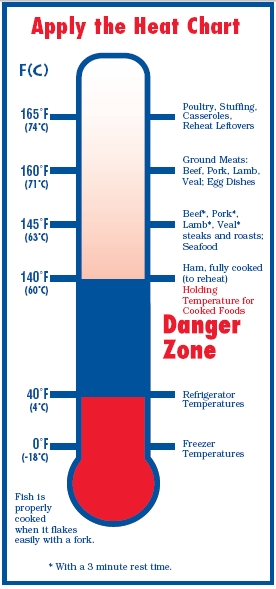
‘Danger zone’ may be a much familiar term to most of us in this field, now. This zone refers to a temperature range of 5℃ to 63℃. Why this term ‘Danger zone’? As the term suggests, this temperature range is actually dangerous to the foods. If food is allowed to enter this temperature danger zone, bacteria will grow rapidly. So, ideally, to keep the foods safe, one of the keys is to put foods out of this danger zone.
Freezing foods prevents most bacteria from multiplying, but does not kill them. Thawing is a process of defrosting frozen food. It is important that frozen food is thawed correctly to keep the food safe. It is essential that temperature of food does not exceed 5℃ during the thawing process. Food handlers need to plan ahead so that they can use an appropriate method of thawing. Thawed material must be consumed/processed immediately and should not be stored back for future use. So, it is better to thaw exactly the required portion at a time. There are three methods of thawing: thawing in refrigerator, thawing in running water and thawing in microwave oven. Thawing in a refrigerator shall happen at or below 5℃. When thawing in running water, cold, potable water at a temperature of 15℃ or less must be used. Microwave shall be used if the food will be cooked immediately after thawing.
Subsequently, the material goes in for production. Harmful microbial contaminants can’t be seen, tasted or smelled. Hence, it is important that food is cooked to a safe internal cooking temperature to avoid food poisoning. Cooking must be done to reach a minimum internal temperature of 75℃. This stands the same for all categories of materials such as poultry, meat, fish, eggs and fruits or vegetables. All food items must be cooked to 75℃ for at least 15 secs.
Therefore, it is important that internal cooking temperature of food items is checked and recorded. In case of storage of cooked foods that are to be eaten later, they shall be cooled quickly, and kept in refrigerator. Within the temperature danger zone, temperature between 51℃ to 21℃ allow most rapid growth of microorganisms. Therefore, cooked foods shall be cooled down by a 2-stage cooling method. First, food shall be cooled from 63℃ to 21℃ in two hours and then to 4℃ or below in next 4 hours. Adequate measures must be taken to help food cool down as per the recommended method.
Finally, cooked food will be moved to service point. If food is transported from point of cooking to point of sale, then it must be ensured that food is held at appropriate temperature. Foods that are meant to be hot, shall be reheated to 75℃ for at least 2 minutes before consumption. Reheated food must be held at or above 63℃ and cold foods should be held at or below 5℃.

Do ensure that food products are not stored at room temperature for more than 2 hours during sale. Discard any food that is reheated, but unused. Hot foods not held at or above 63℃, should be consumed within 4 hours of reheating.
These may seem simple, but are critical and determine the safety of your food. So, why don’t you just spare some time for these critical, but, simple steps so that you can be really sure of the safety of your food. Remember, taste may not be the only factor that influence a customer’s feedback, but the feeling at his tummy too!

